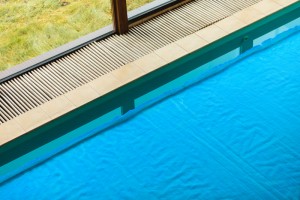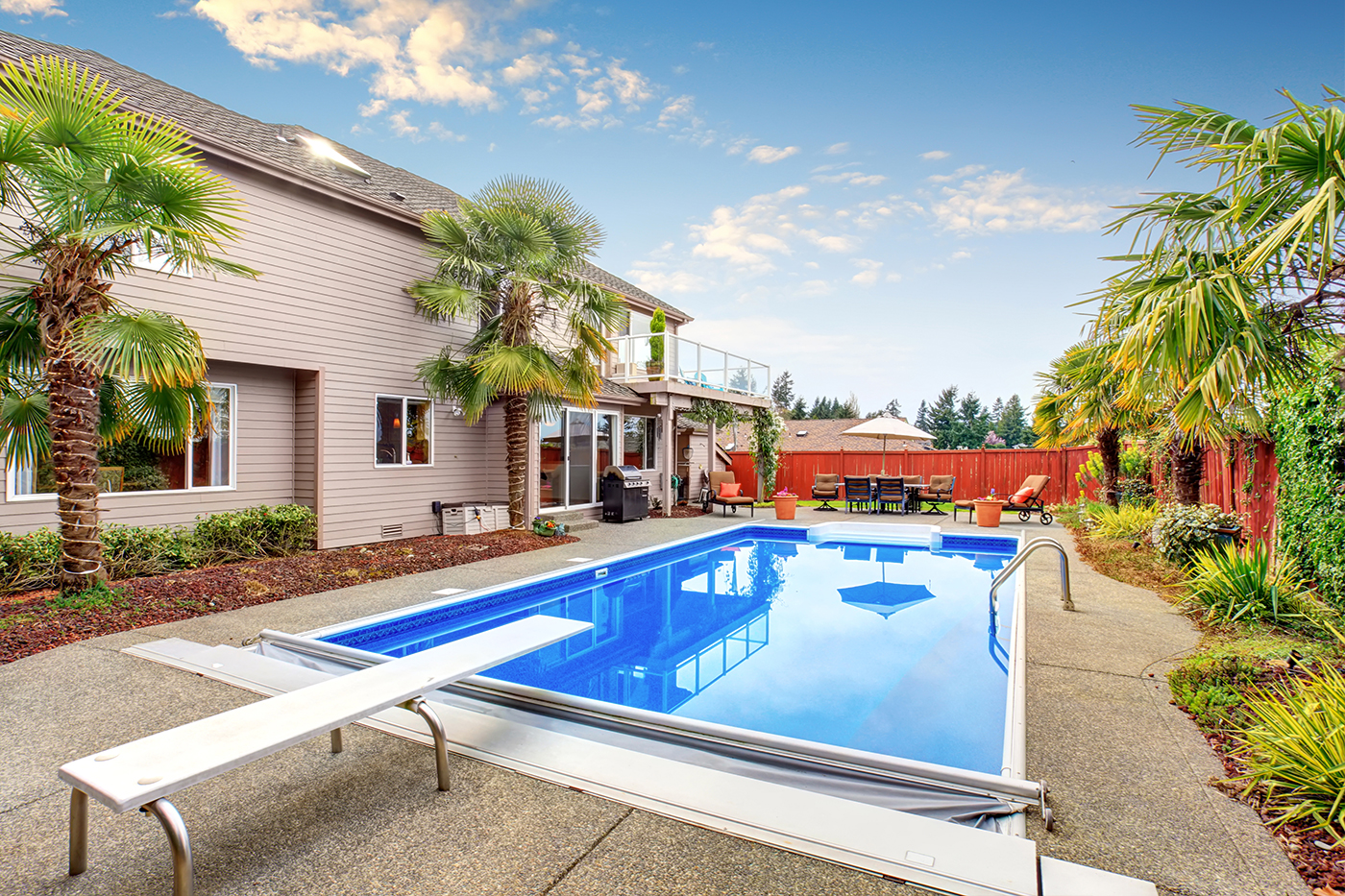 Humid, Rainy Days
Humid, Rainy Days
The most important factors to consider in when it comes to weather are how much your pool water is being diluted and what level of risk an overflowing pool may represent. If you experience severe rainfall where you live, you may have to drain your pool occasionally to prevent overflow. In addition to all that lost heat, you may also need to rebalance water and chlorine levels, which increases the amount of energy, resources, and money you need to maintain your pool. Depending on the severity of the weather, a pool cover may not be the best choice, as it can be damaged during frequent storms. Luckily, there are still some ways to maximize energy efficiency.
Consider installing a saltwater pool instead of a chlorine pool. Saltwater pools produce chlorine regularly, and other chemicals rarely need to be added. Hence, they make your pool more self-sufficient and cost less to maintain. In a rainy climate, a saltwater system will replenish the levels of chlorine over time, saving you from having to buy a chlorine refill. If you choose to install a saltwater pool, though, make sure to get an energy-efficient pool pump, as maintenance needs require that you run it several hours each day.
Choosing to make your pool more energy efficient reduces its environmental impact while saving you money, which you can use to tackle other home improvement projects. To maximize the benefits of your pool, consider the region you live in. A pool cover works great for hot, dry days, but may not be as helpful for humid, rainy weather. Following the tips above and considering what’s best for your backyard and budget can ensure that you are able to maximize your pool’s energy efficiency.


